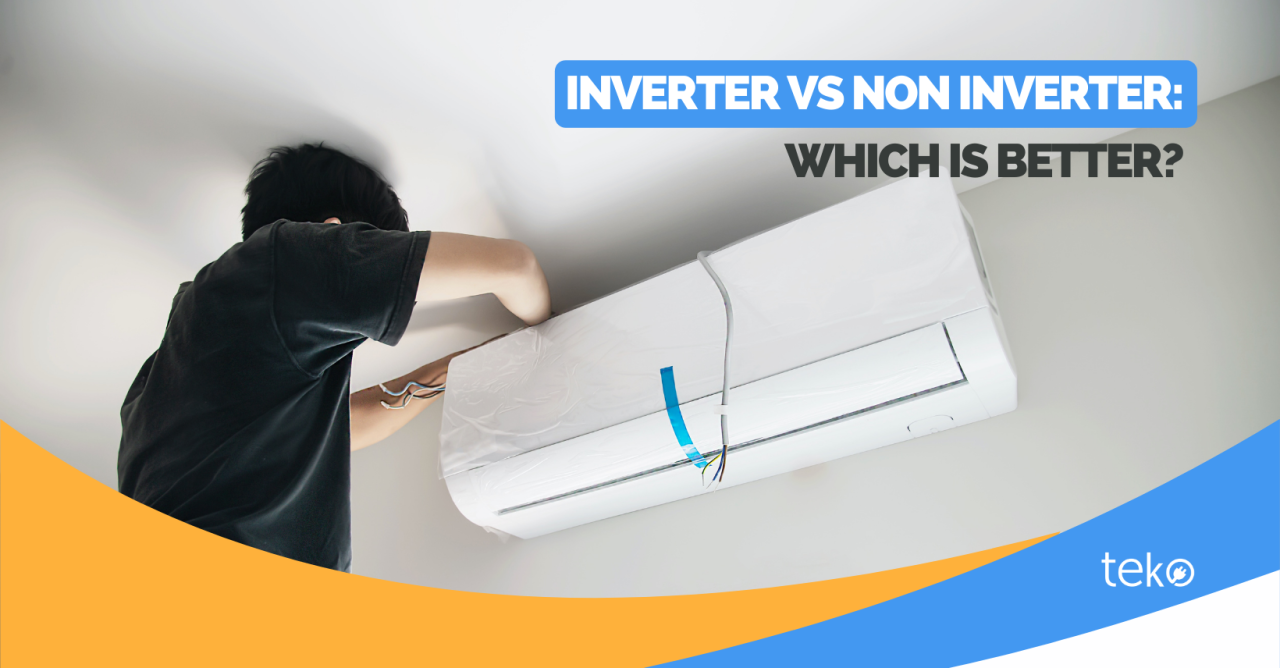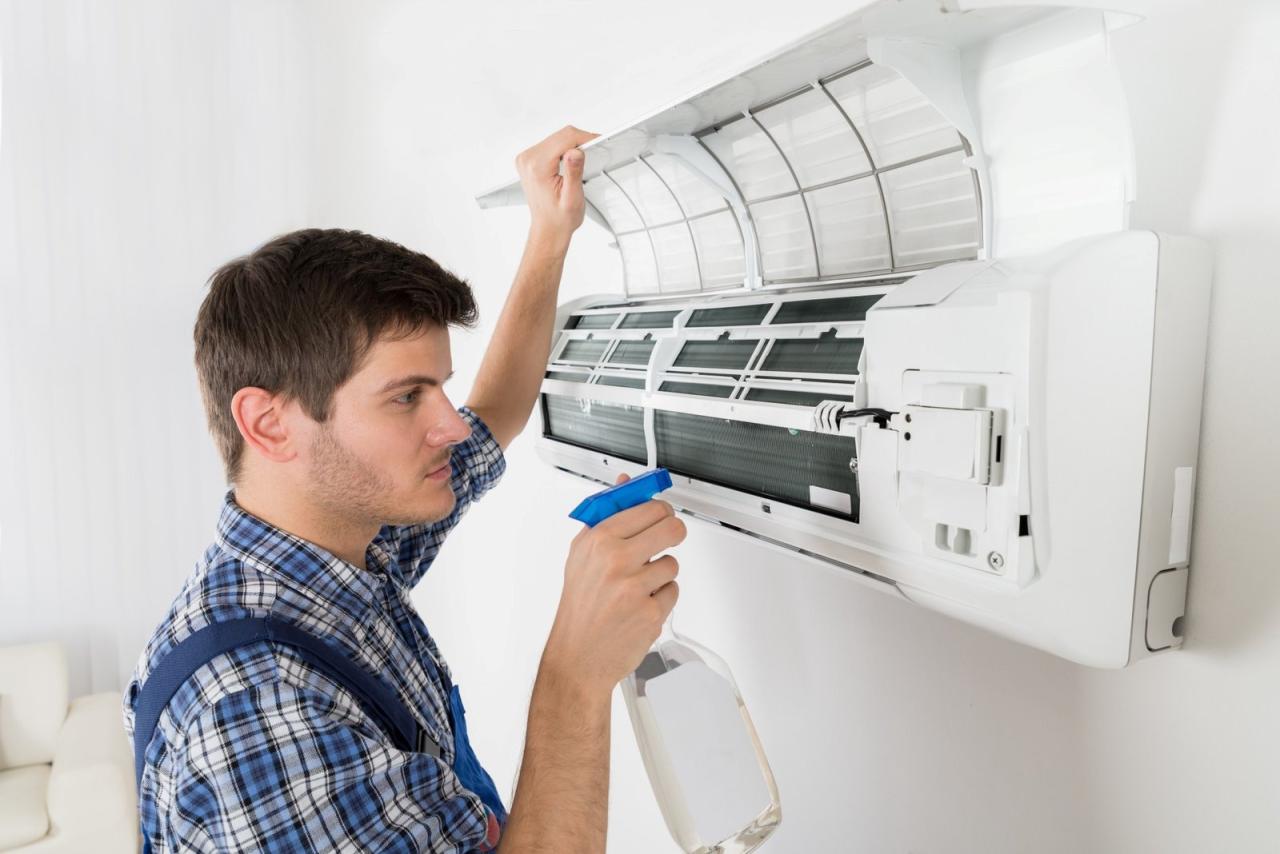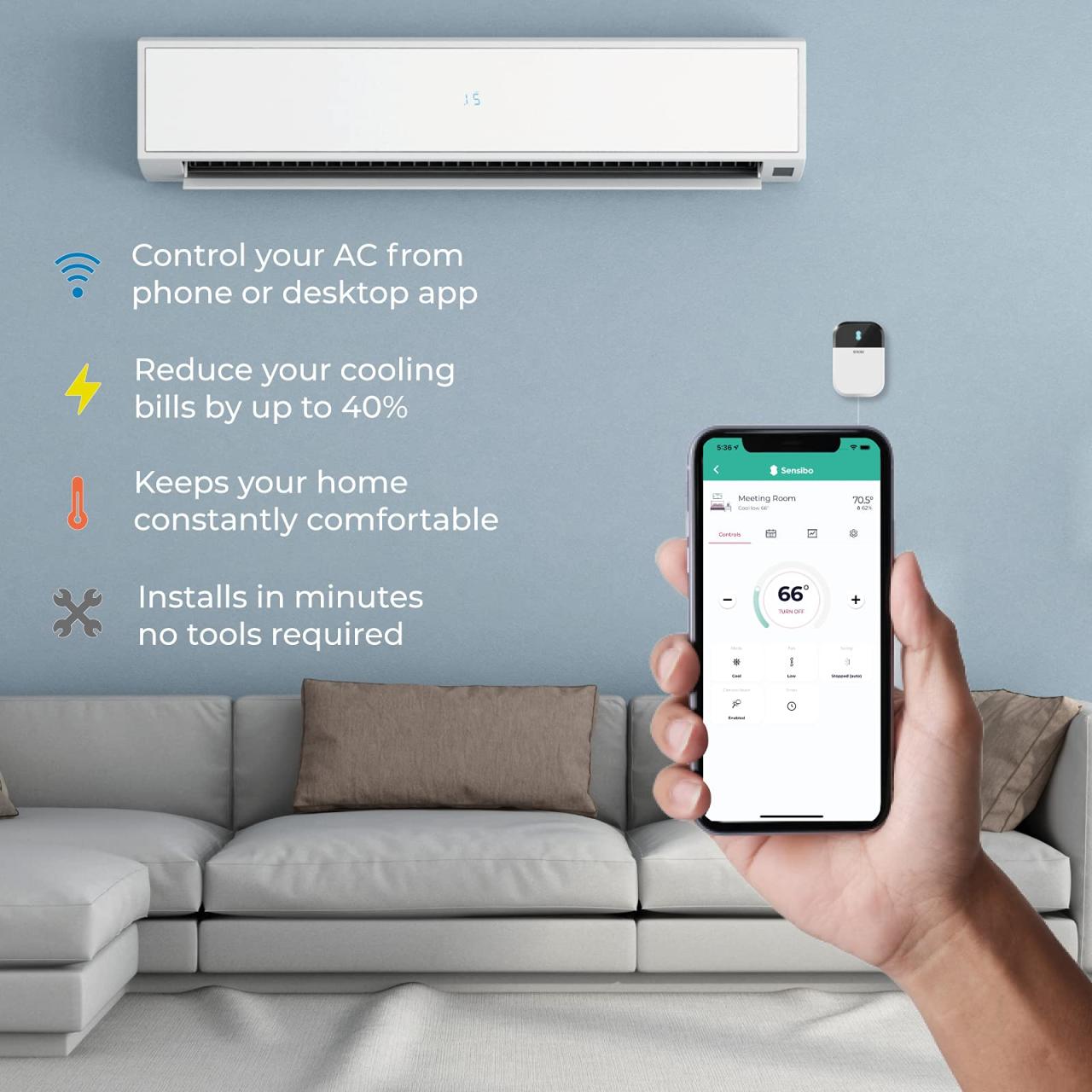Smart Thermostat Integration with AC Systems: Enhancing Efficiency and Comfort
Exploring the seamless integration of smart thermostats with AC systems opens up a world of possibilities for optimizing energy usage and enhancing comfort. This discussion delves into the key aspects of this innovative technology, highlighting the benefits and challenges that come with it.
From optimizing energy efficiency to providing remote access, smart thermostat integration with AC systems revolutionizes the way we interact with our cooling systems.
Smart Thermostat Features
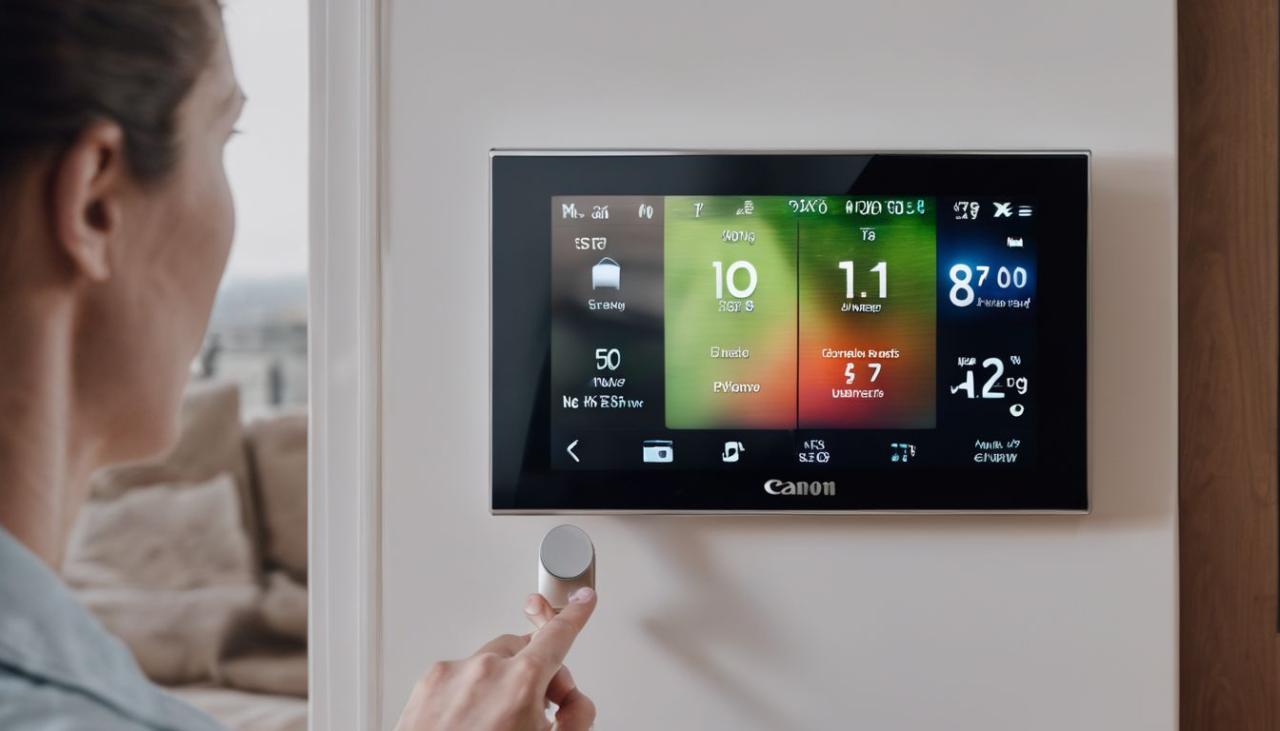
Smart thermostats come equipped with a variety of features that enhance their integration with AC systems, making them more efficient and user-friendly. These features play a crucial role in optimizing energy usage and ensuring compatibility with different types of AC units.
Energy Saving Features
One of the key features of smart thermostats is their ability to optimize energy efficiency by learning your daily routine and adjusting the temperature accordingly. This feature helps reduce energy consumption by ensuring that your AC system only runs when needed, ultimately lowering your utility bills.
Remote Access and Control
Another important feature of smart thermostats is the ability to control your AC system remotely through a mobile app or web interface. This allows you to adjust the temperature settings even when you're away from home, ensuring maximum comfort and energy savings.
Compatibility with Various AC Systems
Smart thermostats are designed to be compatible with a wide range of AC systems, including central air conditioning, ductless mini-split systems, and heat pumps. This compatibility ensures that you can easily integrate a smart thermostat into your existing HVAC setup without any issues.
Integration Benefits
Smart thermostats offer a range of benefits when integrated with AC systems, enhancing comfort, convenience, and efficiency in managing indoor temperatures.
Enhanced Comfort and Convenience
Smart thermostats provide users with the ability to control their AC systems remotely through mobile apps or voice commands. This allows for easy adjustments based on schedule changes, weather conditions, or personal preferences. For example, users can set specific temperatures for different times of the day or rooms in their homes, ensuring optimal comfort levels at all times.
Cost Savings and Environmental Benefits
Integrating smart thermostats with AC systems can lead to significant cost savings on energy bills. By utilizing features like programmable schedules, automated adjustments based on occupancy, and energy usage reports, users can optimize their cooling settings and reduce unnecessary energy consumption.
This not only results in lower utility bills but also contributes to a more sustainable environment by reducing overall energy usage and carbon emissions.
Installation Process
Installing a smart thermostat for seamless integration with AC systems can greatly enhance the efficiency and convenience of controlling your home's temperature. Let's explore the steps involved in the installation process and compare professional versus DIY methods.
Connecting Smart Thermostats to Different Types of AC Units
When it comes to connecting a smart thermostat to different types of AC units, it's important to follow specific guidelines for each system to ensure compatibility and proper functionality. Here are some best practices to consider:
For central air conditioning systems
Turn off the power to the AC unit before beginning installation.
Follow the wiring instructions provided by the smart thermostat manufacturer for a smooth connection.
Ensure that the smart thermostat is compatible with your specific central AC system model.
For ductless mini-split systems
Locate the control board of the mini-split system and identify the wiring connections.
Consult the smart thermostat manual to determine the correct wiring configuration for your specific mini-split model.
Test the connection to ensure that the smart thermostat can communicate effectively with the mini-split system.
For window units or portable ACs
Check if the smart thermostat is compatible with window units or portable ACs before proceeding with the installation.
Follow the user manual instructions for wiring the smart thermostat to the AC unit.
Test the connection and functionality of the smart thermostat with the window unit or portable AC.
Professional Installation vs. DIY Installation
Both professional installation and DIY installation methods have their pros and cons when it comes to installing a smart thermostat. Here's a comparison to help you decide which option is best for you:Professional Installation:
Pros
Expertise and experience in handling complex wiring and system configurations.
Assurance of proper installation and compatibility with your AC system.
Warranty and support from the installation service provider.
Cons
Higher installation costs compared to DIY methods.
Scheduling appointments and waiting for the installation service to be available.
DIY Installation:
Pros
Cost-effective and can be done at your convenience.
Opportunity to learn more about your AC system and smart thermostat operation.
Flexibility to make adjustments or troubleshoot issues on your own.
Cons
Risk of incorrect wiring or configuration that could damage the smart thermostat or AC system.
Limited warranty coverage for DIY installations.
Consider your comfort level with electrical work and technical knowledge before deciding between professional installation and DIY installation for your smart thermostat integration with AC systems.
Remote Access and Control

Having remote access to smart thermostats allows users to have better control over their AC systems, regardless of their location. This feature provides convenience and flexibility in adjusting temperature settings from anywhere using smart devices.
Enhanced Control from Anywhere
- Users can adjust the temperature of their homes before arriving, ensuring a comfortable environment upon arrival.
- Remote access enables monitoring and control of energy usage, helping users to save on utility bills.
- During vacations or trips, users can remotely set the temperature to energy-saving levels to avoid unnecessary cooling.
Integration Challenges
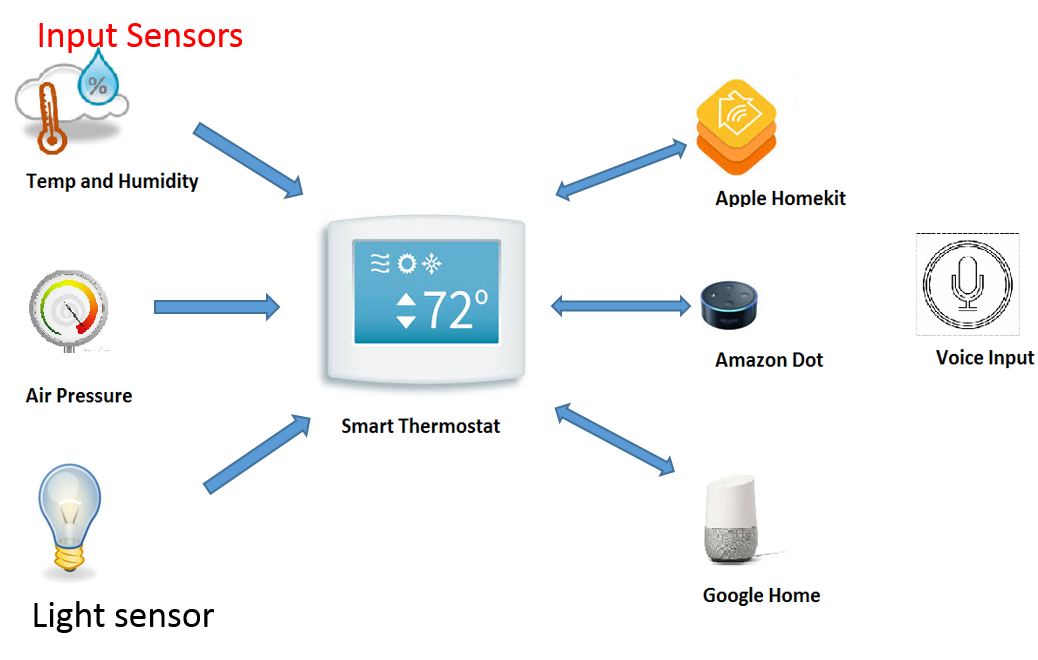
When integrating smart thermostats with AC systems, users may encounter various challenges that can hinder the seamless connection between the two devices. These challenges often revolve around compatibility issues and technical limitations that may arise during the installation process.
Compatibility with Older AC Units
One of the most common challenges users face when integrating smart thermostats with AC systems is compatibility with older AC units. Older AC models may not have the necessary technology or wiring required to connect with smart thermostats, leading to integration issues.
In such cases, users may need to upgrade their AC units or consult with a professional technician to find a suitable workaround.
Troubleshooting Tips
Tip 1:
Ensure that the smart thermostat is compatible with your specific AC system model by checking the manufacturer's specifications or consulting with customer support.
Tip 2:
Double-check the wiring connections to ensure they are correctly installed according to the smart thermostat's instructions.
Tip 3:
Reset both the smart thermostat and AC system to troubleshoot any communication errors that may be causing integration issues.
Tip 4:
Update the firmware or software of both devices to the latest version to ensure compatibility and smooth operation.
Concluding Remarks
In conclusion, the integration of smart thermostats with AC systems offers a blend of convenience, cost savings, and environmental benefits. By embracing this technology, homeowners can take control of their indoor climate like never before, ushering in a new era of comfort and efficiency.
FAQ Resource
How do smart thermostats optimize energy efficiency?
Smart thermostats achieve energy efficiency by learning your schedule and preferences, adjusting the temperature accordingly to reduce energy wastage.
What are some common challenges when integrating smart thermostats with AC systems?
Compatibility issues with older AC units and troubleshooting integration problems are common challenges that users may face.
Can smart thermostats provide cost savings?
Yes, smart thermostats can lead to cost savings by optimizing energy usage and reducing unnecessary cooling/heating.
